Mozambique, nestled in southeastern Africa with a captivating blend of urban life and natural wonders, is bordered by the Indian Ocean, Tanzania, and Zimbabwe. The capital, Maputo, is a gateway to the country’s rich history, marked by Vasco da Gama’s voyage in 1498 and the influence of Swahili port town culture. Portuguese and English are prevalent, fostering easy communication with the friendly locals. Amidst the diverse landscapes, including dangerous animals in Mozambique, the country’s unique allure lies in its vibrant urban vibe and lush outdoor environments.
Table of Contents
Why visit Mozambique?
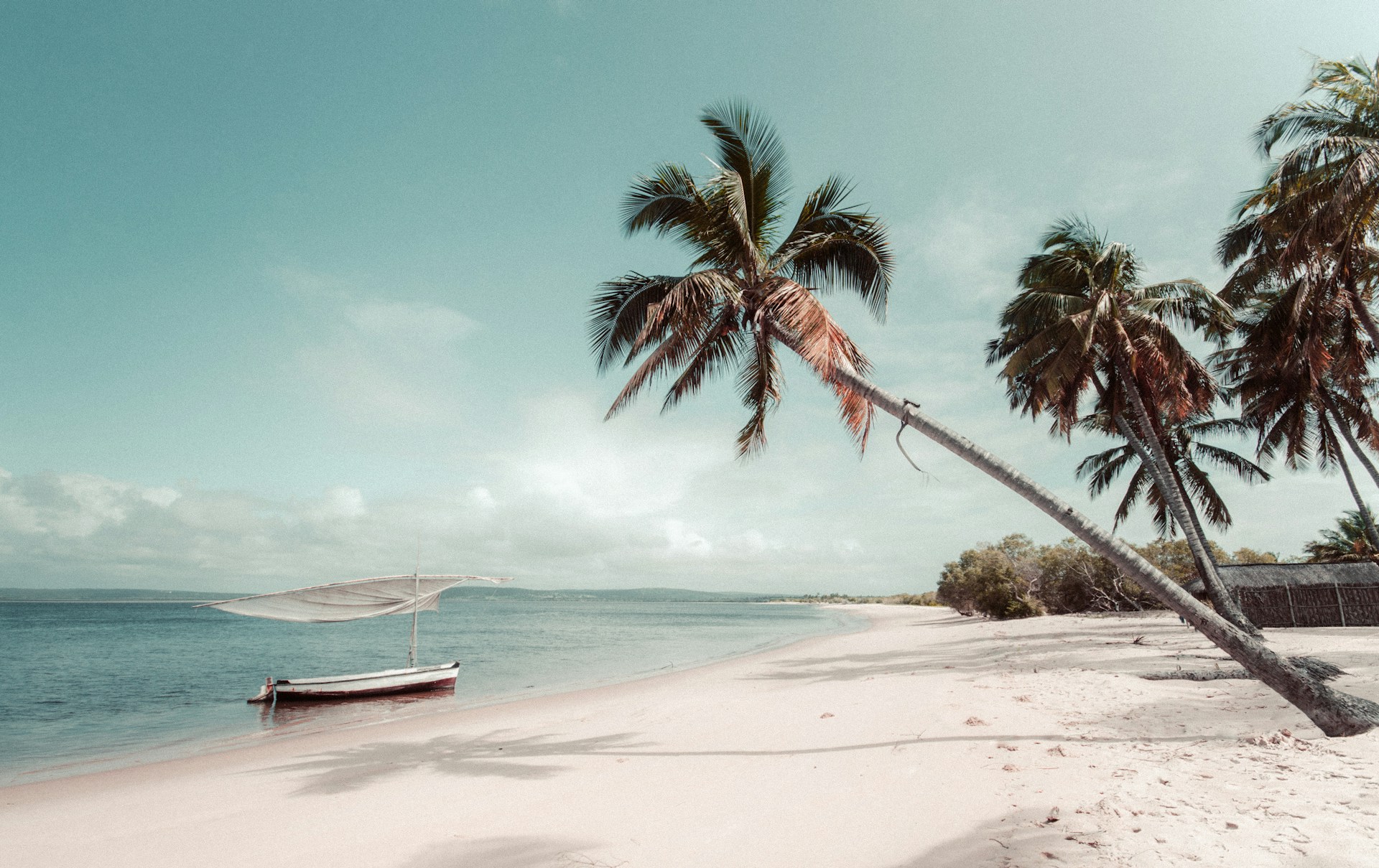
Mozambique stands out as a unique destination, offering experiences not found anywhere else in the world. The country’s diverse climatic conditions contribute to a rich variety of fauna and flora. With over 740 bird species, 200 endemic mammal species, and more than 20 endangered species exclusive to the region, Mozambique provides a haven for nature enthusiasts.
Beyond its biodiversity, Mozambique entices visitors with its exceptional cuisine, promising a culinary journey that goes beyond the ordinary. To truly appreciate the country, exploring its nature reserves, national parks, and protected forests becomes essential. These places unveil the best of Mozambique’s natural beauty.
However, a visit to Mozambique requires an understanding of the potential encounters with its wildlife. It’s crucial to be aware of some of the most dangerous animals that inhabit Mozambique. Here’s a glimpse of the wildlife you should watch out for during your trip.
Cape Buffaloes
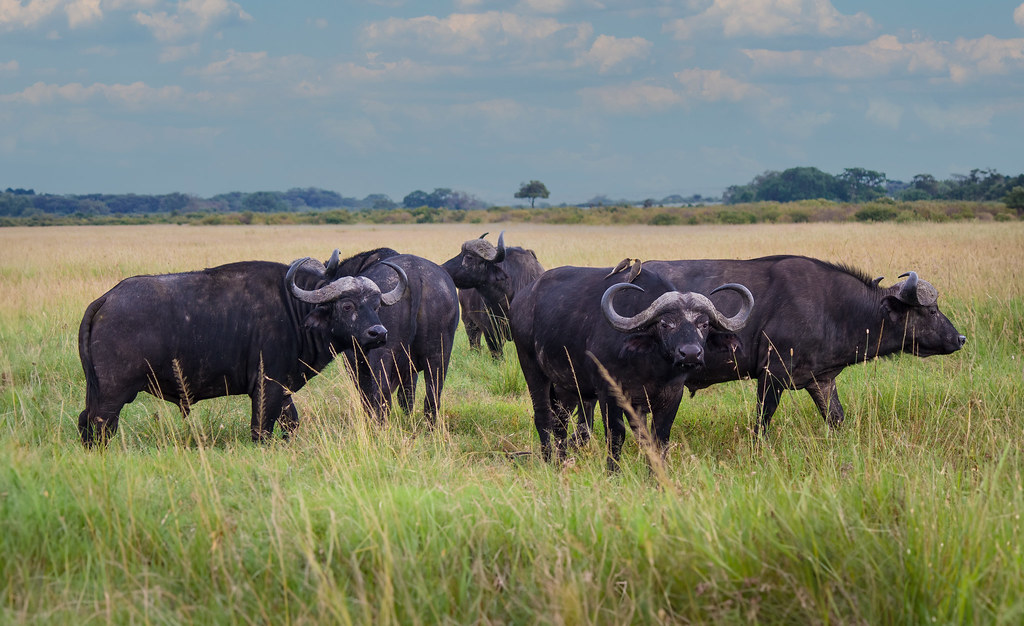
Encountering Cape buffaloes in Mozambique can be perilous due to their aggressive nature and unpredictable temperament. These massive creatures, weighing up to 2000 pounds and standing at 1.7 meters tall, are often found in dense forests. Operating in large groups, they present an intimidating presence, and caution is crucial when approaching them. With sharp horns capable of causing havoc, buffaloes have been responsible for over two hundred fatalities annually. It is imperative to maintain a safe distance when exploring the country to avoid potential attacks.
Puff Adder
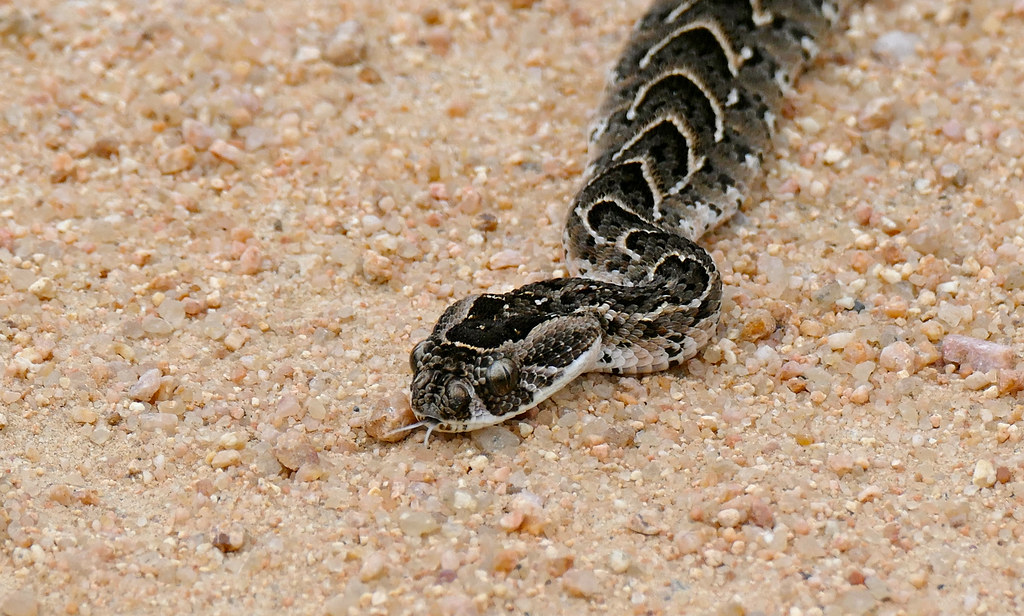
The puff adder, a deadly snake in Mozambique, lurks in grasslands and forested areas. Growing up to four feet with varying colors, they possess large fangs delivering potent venom. Awareness is essential when exploring different regions of Mozambique to avoid encounters with these dangerous animals.
Crocodiles

Mozambique’s five major rivers and numerous wetlands harbor dangerous crocodiles. Caution is advised, especially around wetlands, as crocodiles are known to attack individuals fetching water or on lake shores. These camouflaged creatures, with half their bodies submerged, are equipped with sharp teeth and powerful muscles. Their predatory behavior involves dragging and drowning their prey, making them a significant threat to unsuspecting individuals.
Hippopotamus

While hippos may appear docile, they are among the most dangerous creatures in Mozambique, responsible for approximately 3000 deaths annually. Despite being herbivores, their territorial nature and sharp teeth make them formidable. Found near rivers, lakes, and water bodies, they can run at 30 kilometers per hour and weigh over 3400 pounds. Caution is advised when encountering hippos, particularly females with their young, as they can exhibit aggressive behavior.
Mosquitoes
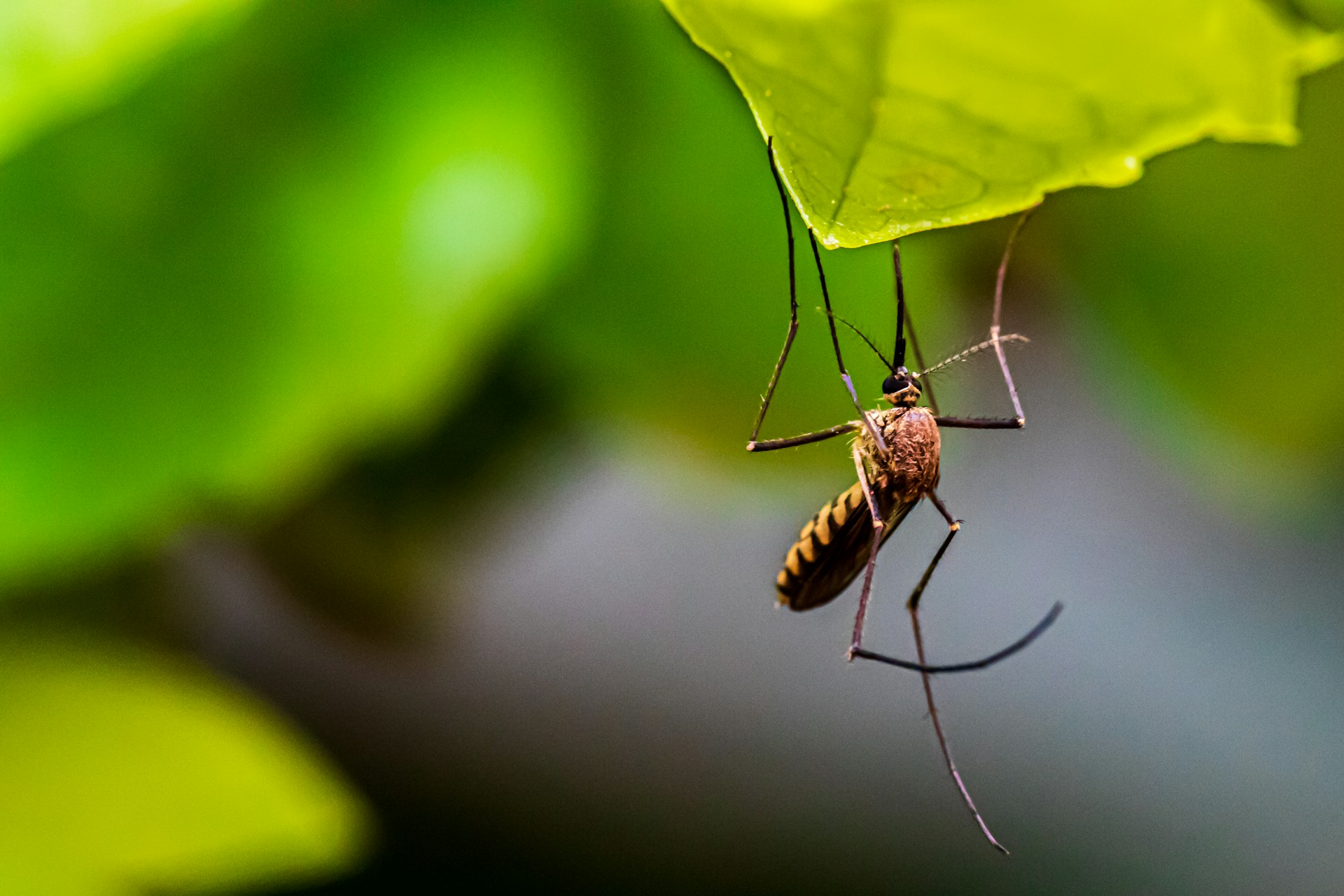
In Mozambique, mosquitoes pose a significant threat, especially considering the tropical climate. Found across the country, these tiny creatures carry diseases such as malaria, Zika virus, chikungunya, yellow Nile virus, and dengue fever. Protecting yourself with mosquito repellent, along with taking yellow fever vaccines, is crucial to mitigate the risk of contracting mosquito-related illnesses. Given the alarming statistics of over a million deaths annually from malaria and related diseases in Africa, taking preventive measures is essential.
Black Mamba
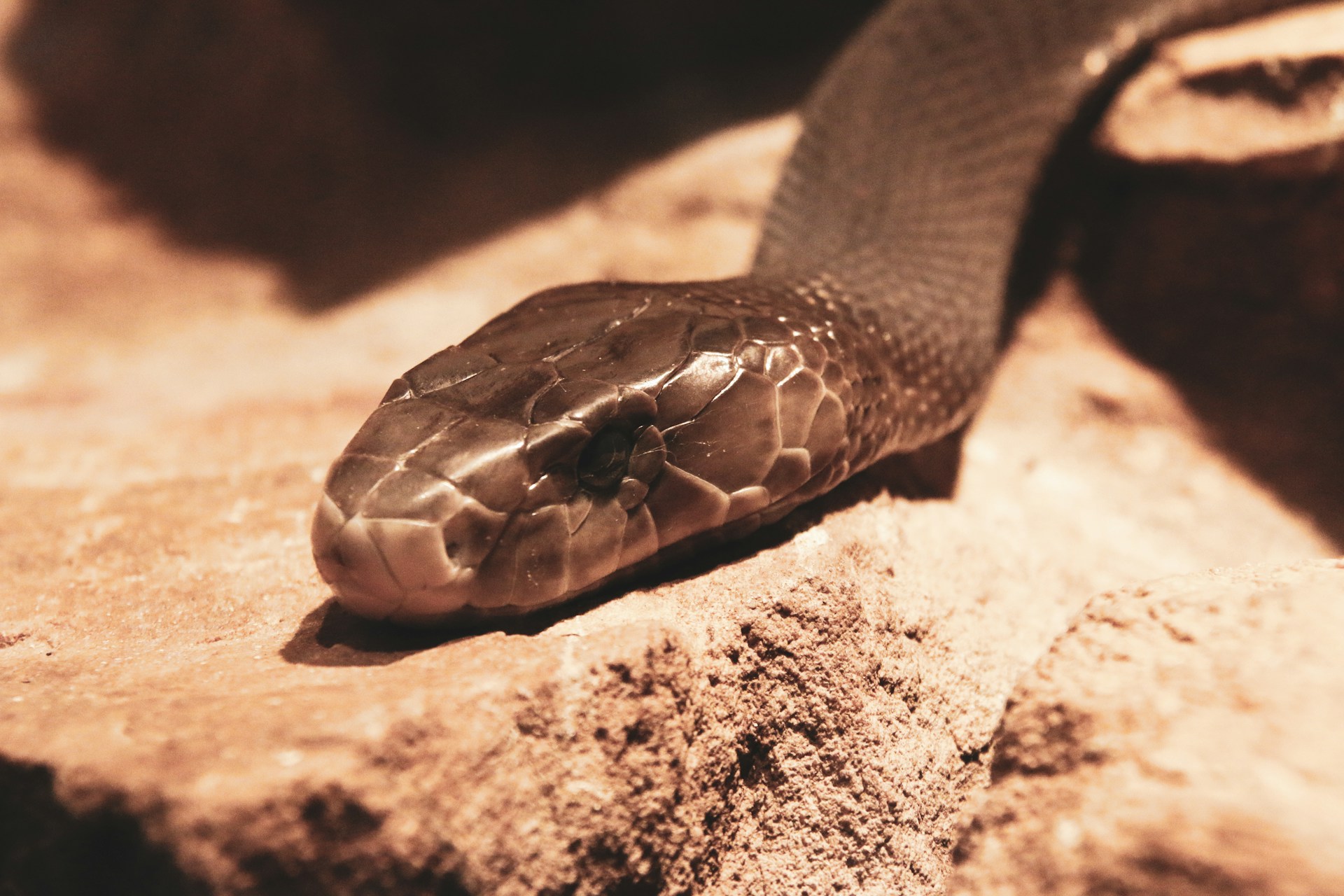
In Mozambique, the black mamba stands out as one of the most dangerous snakes, thriving in the dense forests and diverse grasslands. Renowned for its incredible speed of over 20 kilometers per hour, the black mamba is aggressive and will not hesitate to attack when feeling threatened. Unlike other snakes, it can actively chase and attack, making encounters highly perilous. Growing up to 14 feet long, with exceptional vision and deadly venom, a single bite can cause cardiac arrest and death within minutes. Given their day and night activity, encountering black mambas demands utmost caution.
Lions
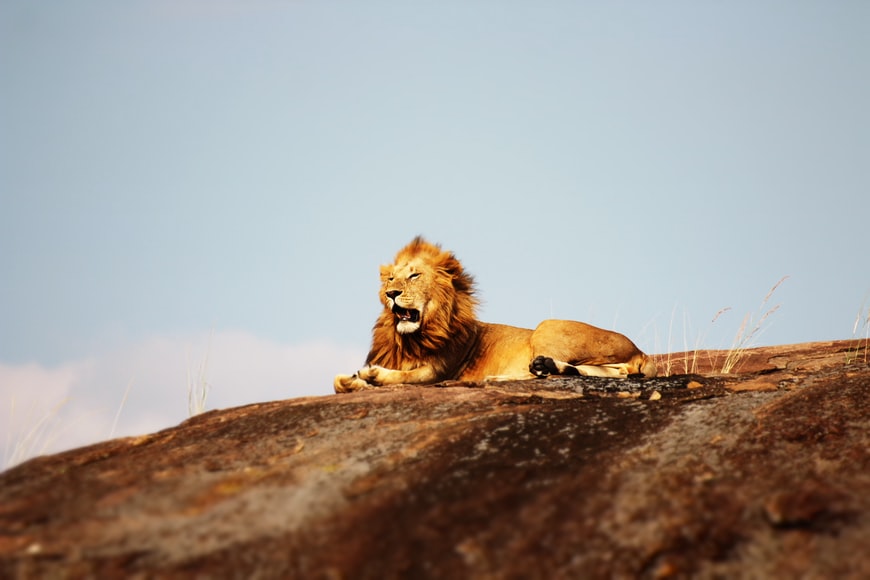
Mozambique is in the process of increasing its lion population, currently numbering around two thousand across national reserves, parks, and conservancies. These apex predators pose a significant threat, especially in areas frequented by humans. Lions, forced to be defensive due to activities like poaching, can attack without provocation. Responsible for around 300 human deaths annually across Africa, their sharp claws and teeth make them formidable. Always maintain a safe distance when observing these powerful animals, especially in national parks and reserves.
Naja Mossambica
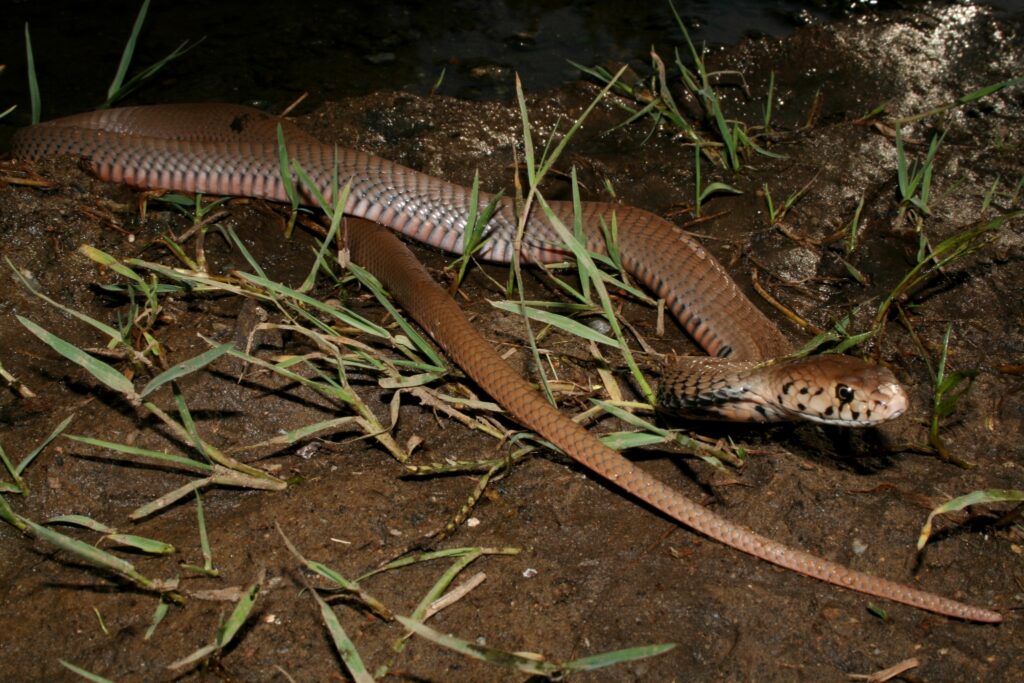
The Naja Mossambica, an endemic creature in Mozambique, belongs to the spitting cobra family, residing in grasslands and forests. With fangs delivering potent venom, encounters demand caution. Found in rocky areas, hollow logs, and termite mounds, the spitting cobra can erect itself, hiss, and deliver venom causing organ damage. Growing up to four or nine feet based on the environment, these snakes require a safe distance to ensure human safety.
Great White Shark

Exploring the Indian Ocean waters in Mozambique brings the risk of encountering great white sharks. Abundant in the region, these sharks boast razor-sharp teeth and swift, agile movements. Known for attacking prey within minutes, their impeccable sense of smell allows them to detect blood from a considerable distance. Vigilance and caution are essential when venturing into the waters inhabited by these powerful predators.
Elephants
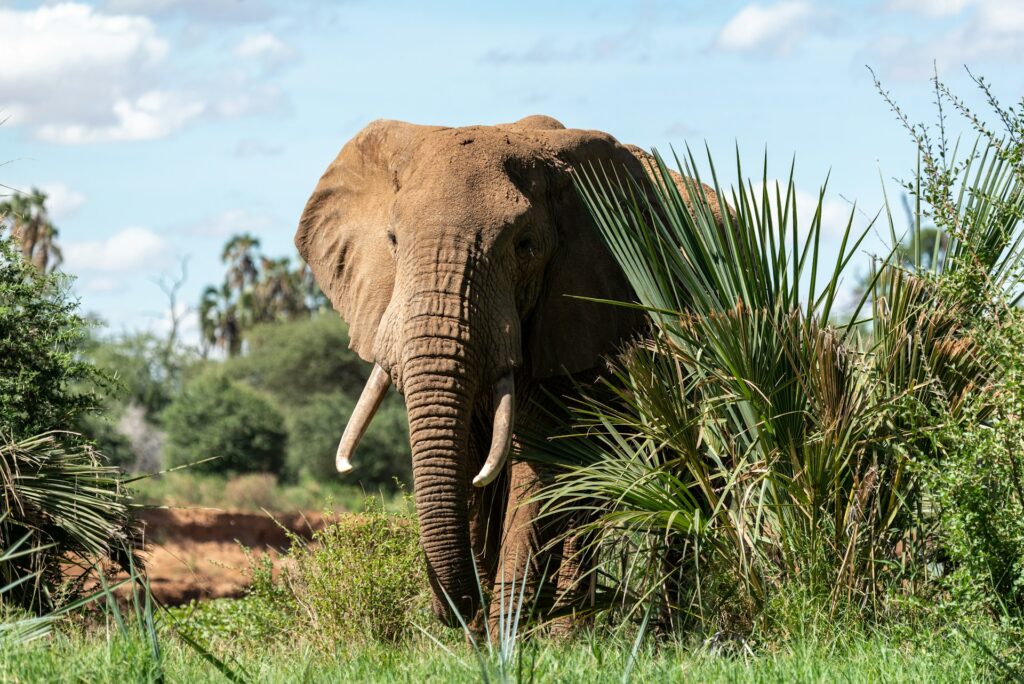
In Mozambique, the diminishing number of elephants, especially after the civil war, has led to heightened aggression. Elephants, found in grasslands and vegetation, pose a significant danger when feeling threatened due to human activities. With the capacity to run fast and attack with tusks, these creatures are responsible for over 300 deaths annually in Africa. To ensure safety, avoiding close encounters with elephants is imperative, particularly in areas where their population has been impacted by hunting and poaching.
_____________
Check out the dangerous animals in other African countries:


